
Lyle Fletcher, one of the founding members of the Wood County Historical Society, had strong interests in climatology, journalism, education, and an appreciation for nature and history. Fletcher was instrumental in saving the Wood County Infirmary from demolition and saw it through its transition to museum in 1975. Because of his involvement in the Wood County Parks Commission, many of the trees on the grounds were planted at the direction of Fletcher, with supervision from arborist Mrs. Ruth Schurr.
The wide variety of trees planted in the original arboretum included natives, non-native species, and trees with medicinal properties. It is believed that many of the trees were selected to serve educational purposes. Today, the Wood County Park District works closely with the Wood County Museum to maintain the arboretum.
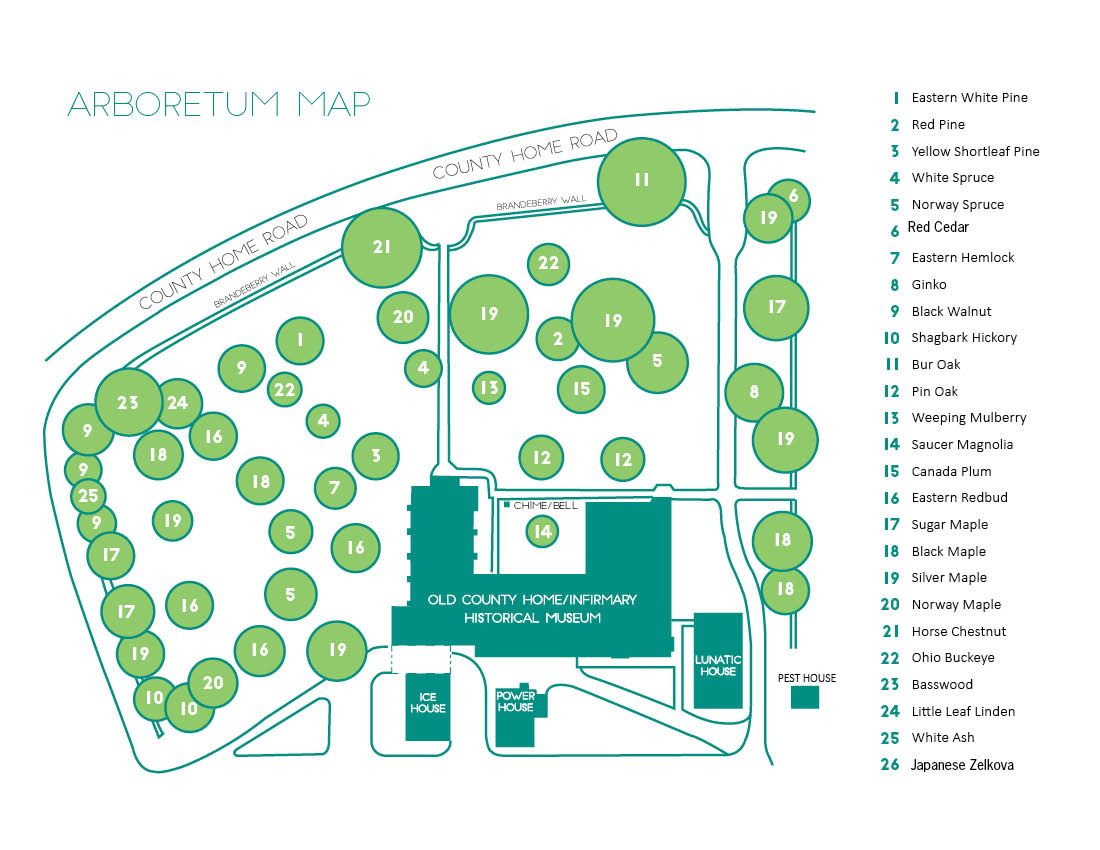
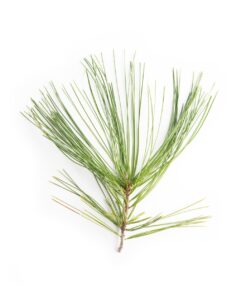
Eastern White Pine (1)
Pinus strobus
A common conifer, the White Pine can be identified by its clusters of five needles. They are soft and not prickly, making it a popular Christmas tree. The leaves are a good source of vitamin C for animals and the bark can be used as an astringent, expectorant, or antiseptic. Because of its tall, straight trunk, its wood was used by colonial shipbuilders to make ship masts.
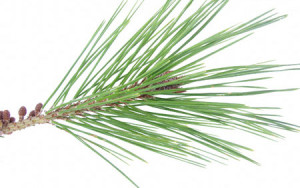
Red Pine (2)
Pinus resinosa
Needles are in bundles of two and break crisply. It is sometimes called “Norway Pine,” possibly due to English explorers confusing it with Norway Spruce. It is used in landscaping and for replanting cleared areas. On sandy farmland in the Lake States, narrow strips of red pine have been planted at intervals to reduce wind-caused soil erosion in the fields.
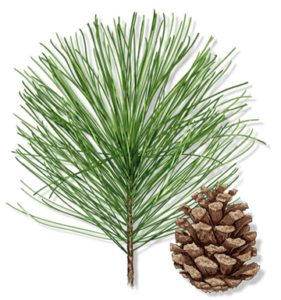
Shortleaf Pine (3)
Pinus echinata
Also called a “southern yellow pine” or “shortstraw pine.” Its Needles are in bundles of two or three. The wood is used for plywood or barrel-making. It was used medicinally to make tea for treating a variety of ailments.
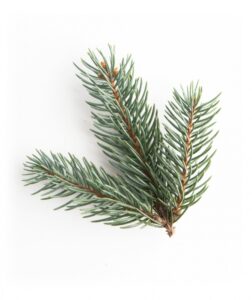
White Spruce (4)
Picea glauca
This northern tree has stiff single needles, not bundles. Its wood is commercially valuable, often used to make instruments. Historically, it provided shelter and fuel – wood for fuel, bark to cover summer dwellings, roots for lashing birch bark baskets and canoes, and boughs for bedding. The sap, gum, needles, and inner bark have medicinal uses as well.
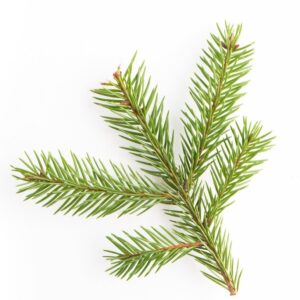
Norway Spruce (5)
Picea abies
This pyramid shaped tree has large cones and drooping twigs. It is a non-native tree introduced as an ornamental to United States’ landscapes. Each Christmas, the country of Norway gives a Norway Spruce to the cities of New York and Washington D.C. for United States’ aid during World War II.
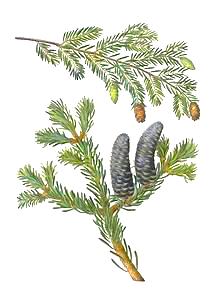
Eastern Hemlock (7)
Tsuga canadensis
The short, dark green leaves have a silvery underside. The cones appear to be miniature. Lumber uses were roofing, boxes, crates, and general millwork. The bark was once a commercial source of tannin in the production of leather. Eastern hemlock today is mainly used for newsprint and wrapping papers. Its inner bark can be made into tea to treat colds, coughs, and fever.
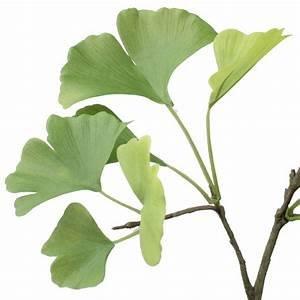
Ginkgo (8)
Ginkgo biloba
Fan-shaped leaves make this tree easy to identify. It was introduced to the United States from China in the late 1700s. This species has male and female trees. The fruits dropped by females produce an offensive odor. An extract from the leaves has been clinically shown to improve short-term memory in early Alzheimer’s patients.
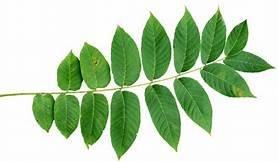
Black Walnut (9)
Juglans nigra
This species produces a nut that is tasty to animals and people and its wood highly valued in furniture-making. During World War II, airplane pistons were cleaned with a “nut shell” blaster and this idea was carried into the auto industry. The husks turn from green to dark brown and can be used make dye. Chemicals from the tree leach into the ground, keeping other plants from growing near it.
NATIVE
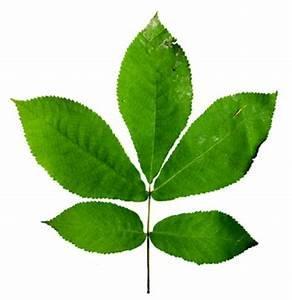
Shagbark Hickory (10)
Carya ovata
This tree lives up to its name with bark that appears “shaggy.” The nut is light brown and edible by animals and people. Pioneers used the inner bark to make a yellow dye. Today, there is a low percentage of hickory due to selective cutting of hickory wood for fuel.
NATIVE
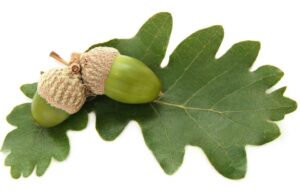
Bur Oak (11)
Quercus macrocarpa
Bur oak gets its name from the large, fringed acorns that it drops in autumn. The fringe on the cups of the acorn resemble the bur on a chestnut tree. It is one of the first trees to invade the grasslands of the West. Today, its wood is used for construction, flooring, and cooperage.
NATIVE
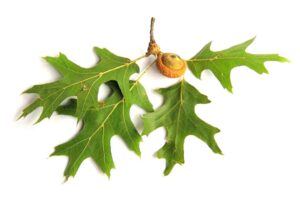
Pin Oak (12)
Quercus palustris
The Pin Oak has thin twigs that sprout from its main branches. It is a popular tree for landscaping because it is hardy and easily transplanted. Because of its tolerance for wet conditions, it is known regionally as Swamp Oak or Water Oak. Generally, Oaks have a plant defense chemical called tannic acid. It is valued for its antiviral and antiseptic properties.
NATIVE
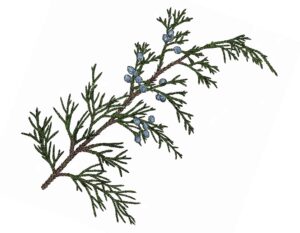
Eastern Redcedar (13)
Juniperus virginiana
Dense pyramid shape excellent for windbreaks and screens. Birds love its berries.
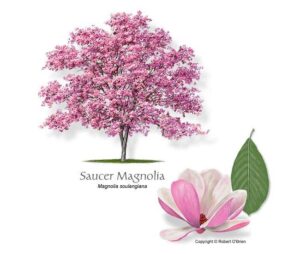
Saucer Magnolia (14)
Magnolia soulangiana
This pretty tree has beautiful, saucer-like flowers that bloom in the early spring. It may even bloom as a small shrub. It originated in 1820 as a chance hybridization between two Chinese magnolias.
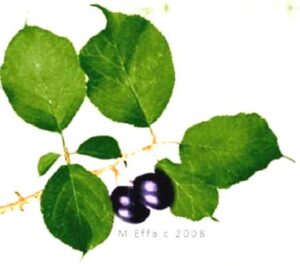
Canada Plum (15)
Prunus nigra
The fruit of this tree can be eaten whole or used to make preserves. Its Latin name (nigra) refers to the dark color of its branches. Found rarely in our area, Northwest Ohio is on the southern edge of its range. It is a state endangered species.
NATIVE
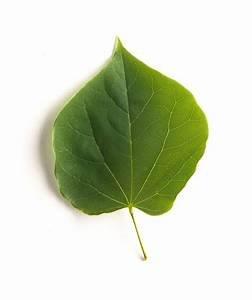
Eastern Redbud (16)
Cercis canadensis
The pink flowers bloom in the early spring before leaves sprout. The flowers are edible raw or cooked. It is sometimes referred to as the “Judas-tree” from a myth that claims Judas Iscariot hung himself from a relative of our Redbud, turning the white flowers to red with shame.
NATIVE
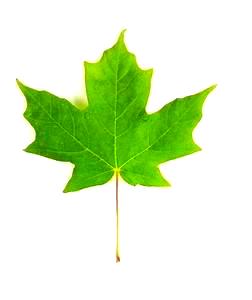
Sugar Maple (17)
Acer saccharum
The sugar maple puts on a spectacular autumn show, turning shades of yellow, orange, and red. Its sap is boiled to make maple sugar and syrup. Each tree produces between 5 to 60 gallons of sap each year. Around 32 gallons of sap makes one gallon of syrup.
NATIVE
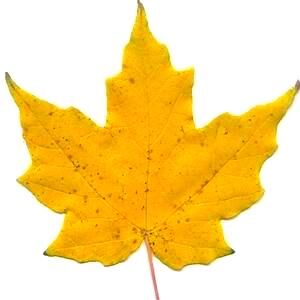
Black Maple (18)
Acer nigrum
This tree is a postglacial hybrid swarm between the black and sugar maple. Its wood is used to make furniture and is popular because of its unusual grain patterns. The sap is also used to make syrup and sugar.
NATIVE
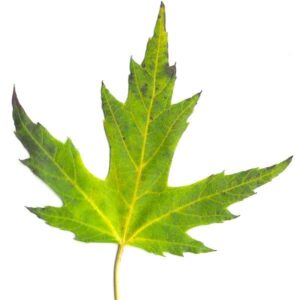
Silver Maple (19)
Acer saccharinum
The Silver Maple is native to eastern and central North America and grows well in moist to wet, sometimes mucky, poorly drained soils on floodplains, streams, and rivers. Silver Maple is named for the silvery undersides of its leaves.
NATIVE
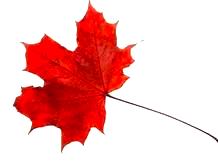
Norway Maple (20)
Acer platanoides
The Norway Maple is a non-native species often planted in communities for its shade and adaptability to adverse conditions. There are many different varieties used in landscaping, producing different fall colors.
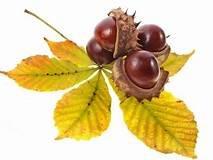
Horsechestnut (21)
Aesculus hippocastanum
The horsechestnut gets its name from the practice of using the seeds to treat horses suffering from a cough. For safety, seeds should be leached of toxins by slow-roasting, cutting into thin slices, and thoroughly rinsing. The seeds are often called “buckeyes,” as the buckeye and horsechestnut are closely related. It is native to Europe but widely planted in parks across the U.S.
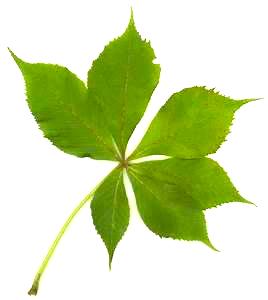
Ohio Buckeye (22)
Aesculus glabra
This is Ohio’s state tree. Pioneers supposedly kept buckeyes in their pockets to treat joint pain, which is why they are believed to bring good luck. Native people ground the toxic nuts and dusted them in streams to stun fish, making them easy to catch. Today, the wood is used for making artificial limbs because it is light, easily worked, and resists splitting.
NATIVE
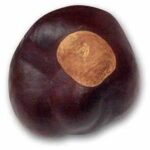
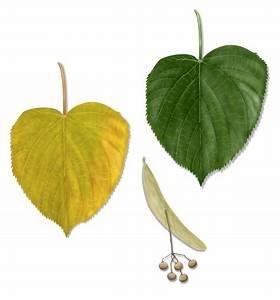
Basswood, Bee Tree (23)
Tilia americana
Basswood is sometimes called the “bee tree” because bees prefer its nectar. The twine-like inner bark was used to make rope, nets, mats, and thread
NATIVE
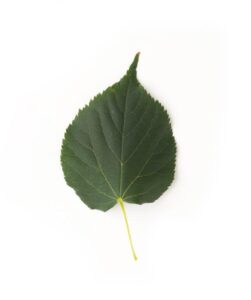
Littleleaf Linden, Lime Tree (24)
Tilia cordata
This species is native to Europe. It has been planted in the U.S. as an ornamental shade tree along landscapes. Its flowers are used as a treatment for colds, coughs, flu, and sore throat. In Scandinavia, it was a good tree to avoid after dark because it was thought to be a favorite haunt of elves and fairies.


 : Open Mon-Sat, Closed Sunday
: Open Mon-Sat, Closed Sunday : Gift Shop
: Gift Shop : Historic & Beautiful Grounds
: Historic & Beautiful Grounds  : Photographers Welcome
: Photographers Welcome





